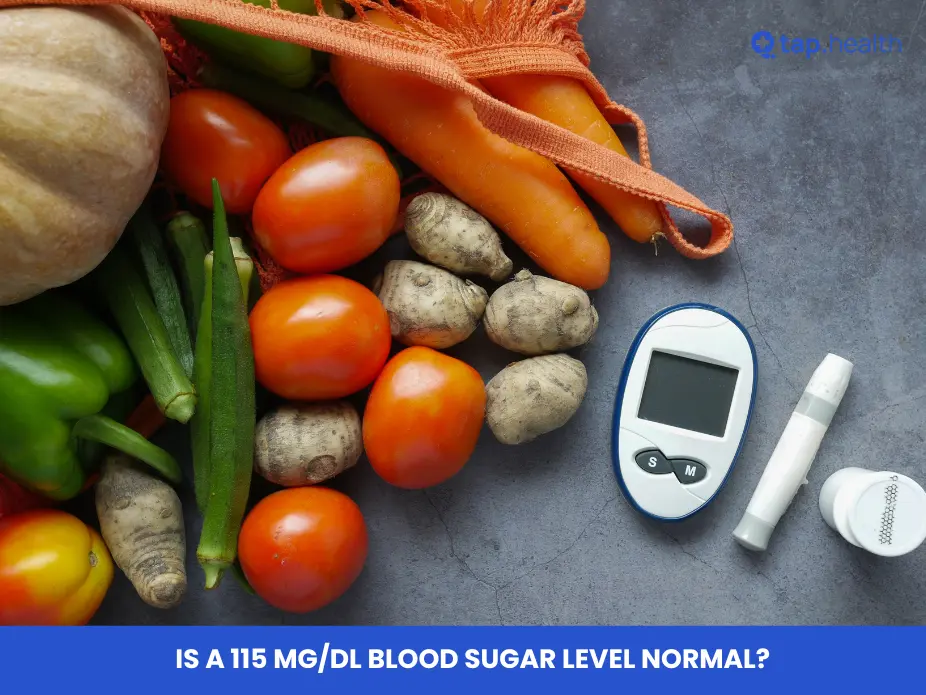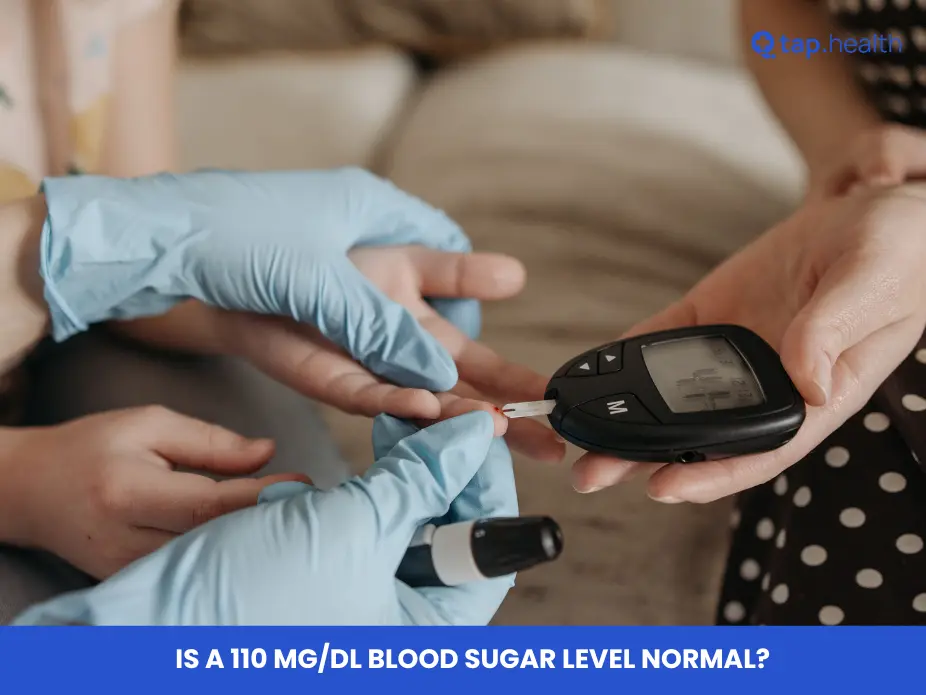Table of Contents
- Understanding Gestational Diabetes: A Complete Guide
- Early Diagnosis & Management of Gestational Diabetes
- Effective Treatments for Gestational Diabetes
- Navigating Gestational Diabetes: Diet and Exercise
- Living Well with Gestational Diabetes: Long-Term Strategies
- Frequently Asked Questions
Expecting a little one is an exciting time, but for some, the journey is accompanied by gestational diabetes. This condition, affecting pregnant individuals, requires careful attention and management. Understanding and Managing Gestational Diabetes: Diagnosis and Effective Treatment is crucial for both maternal and fetal well-being. This blog post will guide you through the process of diagnosis, outlining the key symptoms and tests involved, and exploring effective treatment strategies to ensure a healthy pregnancy for you and your baby. Let’s delve into the facts and empower you with the knowledge you need.
Understanding Gestational Diabetes: A Complete Guide
What is Gestational Diabetes?
Gestational diabetes (GDM) is a type of diabetes that develops during pregnancy. It’s surprisingly common – affecting an estimated 2.5 million women in India annually, highlighting its prevalence in many parts of the world. Essentially, your body isn’t producing enough insulin to keep your blood sugar levels in check, which can impact both you and your baby. Getting a handle on GDM is key to a healthy pregnancy and beyond.
Diagnosis and Early Detection
Typically, GDM is diagnosed with a glucose tolerance test (GTT) between weeks 24 and 28 of your pregnancy. Early detection is vital because symptoms can be subtle: increased thirst, peeing more often, and unexplained weight loss are some signs. Regular prenatal check-ups and following your doctor’s advice on testing are your best allies. Many healthcare providers in India offer accessible GTT testing, making early diagnosis more manageable.
Effective Management and Treatment Strategies
Managing GDM often involves a mix of dietary changes, regular exercise, and careful blood sugar monitoring. Think of it as a team effort between you and your body! A diet rich in fresh fruits, vegetables, and whole grains is usually recommended. Lots of delicious Indian staples like lentils, spinach, and brown rice fit perfectly. Regular physical activity, even short walks, helps your body use insulin more effectively. Many women find yoga and other traditional Indian exercises beneficial. In some cases, insulin injections might be necessary – don’t worry, your doctor will guide you.
Long-Term Health and Post-Pregnancy Care
After your pregnancy, it’s crucial to keep an eye on your blood sugar levels. There’s a higher chance of developing type 2 diabetes later in life, but maintaining a healthy lifestyle – regular exercise and a balanced diet – significantly reduces this risk. Post-pregnancy check-ups with your doctor are a must, and discussing long-term strategies is important. Support groups and community resources can also provide valuable help. And, if you’re wondering about the role of genetics, including your partner’s, check out our article: Does Gestational Diabetes Come From the Father?
Early Diagnosis & Management of Gestational Diabetes
Understanding Gestational Diabetes in Indian and Tropical Contexts
Pregnancy is a joyous journey, but gestational diabetes (GDM) can cast a shadow. This condition, marked by high blood sugar during pregnancy, is particularly common in India and other tropical regions. Why? A mix of factors, including genetics and lifestyle, plays a significant role. Imagine this: children born to mothers with GDM face a sevenfold increased risk of developing type 2 diabetes later in life – a stark reminder of the importance of early detection.
Recognizing the Risk Factors
Several factors increase your risk of developing GDM. A family history of diabetes is a big one, as is obesity. Having GDM in a previous pregnancy also significantly increases the risk. In India and similar regions, dietary habits are crucial. Think sugary drinks and refined carbs—they contribute to insulin resistance, a key player in GDM. Regular checkups are vital, especially if you’re considered high-risk. And knowing what to eat before your GDM test (what to eat before a gestational diabetes test) can significantly impact the accuracy of your diagnosis.
Effective Management Strategies
Managing GDM often involves a two-pronged approach: lifestyle changes and, sometimes, medication. Dietary adjustments are key. Focus on whole grains, fruits, vegetables, and lean proteins. Regular exercise, even short walks, makes a real difference in blood sugar control. Many traditional Indian dietary practices, with their emphasis on balanced meals, can be easily adapted to support GDM management. Remember, always consult your doctor for personalized advice and medication if needed.
Taking Control for a Healthier Future
Early diagnosis and proactive management are essential for a healthy pregnancy and a healthier future for both you and your baby. Regular antenatal care, mindful eating, and a bit of exercise go a long way. Open communication with your healthcare provider is also crucial. By taking charge of your health during pregnancy, you’re investing in a brighter, healthier future, significantly reducing the risk of diabetes for you and your child.
Effective Treatments for Gestational Diabetes
Gestational diabetes—a temporary condition affecting pregnant women—requires careful management for a healthy pregnancy and to minimize future health risks. Think of it like this: you’re building a strong foundation for both you and your baby. Effective treatment focuses on keeping your blood sugar in a healthy range, using a combination of strategies. This is especially important in regions like India and other tropical countries where dietary habits and access to healthcare can vary widely.
Dietary Adjustments: The Cornerstone of Management
Dietary changes are key! Picture your plate as a vibrant garden: plenty of fiber-rich foods like lentils (dal!), vegetables, and whole grains. Say goodbye to processed sugars and refined carbs—think less sugary drinks and white bread. Smaller, more frequent meals are your friends; they prevent those blood sugar rollercoaster rides. A registered dietitian can personalize a meal plan that fits your preferences and cultural background. For example, they can help you adapt traditional Indian recipes to be even healthier. Remember, consulting your doctor about any dietary supplements is crucial. You can learn more about safe and effective options here: safe and effective dietary supplements for diabetes care.
Physical Activity: Essential for Blood Sugar Control
Regular exercise is non-negotiable! Aim for at least 30 minutes of moderate-intensity activity most days. Think brisk walks, yoga, or even gardening—anything that gets you moving. Always talk to your doctor before starting a new exercise program. In warmer climates, adjust your routine to avoid overheating—morning or evening workouts might be best.
Medication: When Lifestyle Changes Aren’t Enough
Sometimes, diet and exercise aren’t enough to keep blood sugar levels steady. Your doctor might recommend medication, such as insulin or oral medications. Sticking to your prescribed medication is vital. Open communication with your healthcare provider is crucial—don’t hesitate to ask questions or share any concerns.
Post-Pregnancy Monitoring: Long-Term Health Considerations
Gestational diabetes increases your risk of developing type 2 diabetes later in life. It’s important to remember that women with diabetes face a higher risk of heart disease than men with the condition. Post-pregnancy, regular blood sugar checks are essential. This proactive approach is crucial for your long-term health and well-being. Maintaining a healthy lifestyle after delivery helps reduce these risks. Schedule those check-ups with your doctor – it’s an investment in your future health.
Navigating Gestational Diabetes: Diet and Exercise
Understanding the Challenges in India and Tropical Countries
Gestational diabetes (GDM) significantly impacts pregnant women, especially those aged 20-64 – a demographic heavily represented in India and other tropical nations. Managing GDM effectively isn’t just about numbers; it’s about a balanced approach to diet and exercise, tailored to the unique circumstances of each woman. A big challenge? Access to nutritious foods can be inconsistent. Think about the difference between a bustling city market and a remote village.
Dietary Recommendations for Effective GDM Management
- Prioritize whole grains: Swap white rice for brown, refined flour for whole wheat.
- Hydrate wisely: Ditch sugary sodas and juices for water, unsweetened herbal teas (like cooling tulsi in India).
- Embrace local flavors: Turmeric, a staple in many Indian kitchens, boasts anti-inflammatory properties that might offer additional benefits. Think of your diet as a powerful tool, not just a restriction.
- Portion control is your friend: Small, frequent meals can help keep blood sugar levels stable.
The Importance of Physical Activity
Regular exercise is key, aiming for at least 30 minutes of moderate activity most days. Think brisk walks, yoga, or even simple home exercises, adapting to the heat and humidity. Remember, even short bursts of activity throughout the day add up. Always consult your doctor before beginning any new fitness regimen.
Seeking Support and Resources
Managing GDM is a journey, not a sprint. Reach out to local healthcare providers and support groups for personalized advice and encouragement. Many organizations provide specific resources for women with GDM in India and similar climates. Early diagnosis is crucial. The fact that 61% of people with diabetes are between 20-64 years old (as per this global diabetes data) highlights the importance of proactive management. While pregnancy requires focus, understanding the longer-term implications of diabetes (managing diabetes as you age) provides a valuable perspective for long-term well-being.
Living Well with Gestational Diabetes: Long-Term Strategies
Understanding the Challenges in Tropical Climates
Gestational diabetes (GDM) presents unique hurdles, especially in hot, humid climates like those across India and other tropical regions. The extra heat and humidity can lead to dehydration, which can significantly impact blood sugar control. This is a serious concern given the projected global rise in diabetes – a staggering 783.7 million cases by 2045, according to the IDF Diabetes Atlas. Effective management strategies are more crucial than ever.
Dietary Adaptations for Long-Term Health
Keeping blood sugar stable is vital for both mom and baby. Traditional Indian diets, often rich in carbs, need careful planning. Think of it like this: instead of eliminating beloved dishes, focus on smart swaps. Prioritize whole grains like brown rice over white, lentils over refined flour, and seasonal vegetables over processed snacks. Limit sugary drinks – even those seemingly “healthy” fruit juices. A registered dietitian specializing in gestational diabetes and culturally appropriate diets can be a game-changer. And remember, stay hydrated!
Lifestyle Modifications and Support
Regular exercise, modified for pregnancy, is key. Think gentle walks, prenatal yoga – anything that gets you moving. Stress also impacts blood sugar, so incorporating stress-reducing techniques like meditation or even just deep breathing exercises can be incredibly helpful. Lean on your support network – family, friends, or even online support groups. Having people to share the journey with makes a huge difference.
Long-Term Health and Prevention
Maintaining a healthy lifestyle after pregnancy is crucial for preventing type 2 diabetes later. Continuing with a balanced diet, regular exercise, and check-ups dramatically reduces long-term risks. Early detection and management are essential in the fight against the rising global diabetes burden, especially in regions like India. Your doctor is your best resource for personalized guidance. For more on preventing long-term complications, see our article on How to Prevent Long-Term Complications of Diabetes: Easy Tips.
Frequently Asked Questions on Gestational Diabetes
Q1. What is gestational diabetes, and why is early detection important?
Gestational diabetes (GDM) is a type of diabetes that develops during pregnancy, affecting a significant number of women globally. Early detection is crucial because it allows for timely management, minimizing potential risks to both the mother and the baby. While symptoms like increased thirst, frequent urination, and unexplained weight loss may be subtle, early diagnosis through testing (usually between weeks 24-28) enables effective intervention.
Q2. How is gestational diabetes managed and treated?
GDM management typically involves a combination of dietary changes, regular exercise, and careful blood sugar monitoring. A balanced diet rich in fruits, vegetables, and whole grains is recommended. Regular physical activity helps improve insulin sensitivity. In some cases, medication such as insulin may be necessary, guided by a healthcare professional.
Q3. What are the long-term health implications of gestational diabetes, and what steps can be taken to mitigate risks?
Having GDM increases the risk of developing type 2 diabetes later in life. Maintaining a healthy lifestyle after pregnancy – including regular exercise and a balanced diet – significantly reduces this risk. Regular check-ups with a doctor for monitoring blood sugar levels are essential.
Q4. What are some common risk factors for gestational diabetes, and what steps can women take to reduce their risk?
Risk factors include family history of diabetes, obesity, and previous GDM pregnancies. Dietary habits play a significant role, with sugary drinks and refined carbohydrates contributing to insulin resistance. Maintaining a healthy weight, eating a balanced diet, and regular check-ups can help reduce risk.
Q5. What role does diet and exercise play in managing gestational diabetes, and how can these be adapted to different cultural contexts?
Diet and exercise are cornerstones of GDM management. A diet rich in whole grains, fruits, vegetables, and lean protein is recommended, while limiting processed sugars and refined carbohydrates. Regular exercise (at least 30 minutes of moderate activity most days) improves blood sugar control. These guidelines can be adapted to different cultural contexts by focusing on nutrient-rich local foods and incorporating traditional physical activities.



